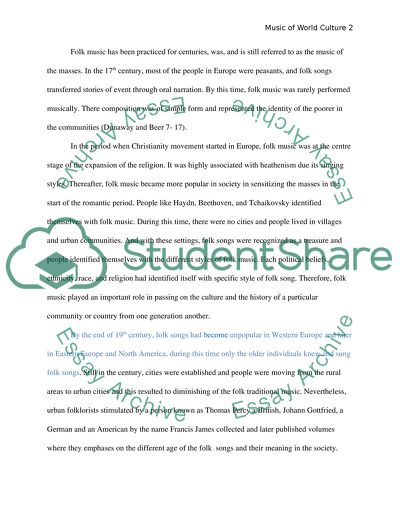Cite this document
(“Music of world culture Term Paper Example | Topics and Well Written Essays - 2000 words”, n.d.)
Retrieved from https://studentshare.org/history/1456834-music-of-western-art
Retrieved from https://studentshare.org/history/1456834-music-of-western-art
(Music of World Culture Term Paper Example | Topics and Well Written Essays - 2000 Words)
https://studentshare.org/history/1456834-music-of-western-art.
https://studentshare.org/history/1456834-music-of-western-art.
“Music of World Culture Term Paper Example | Topics and Well Written Essays - 2000 Words”, n.d. https://studentshare.org/history/1456834-music-of-western-art.


